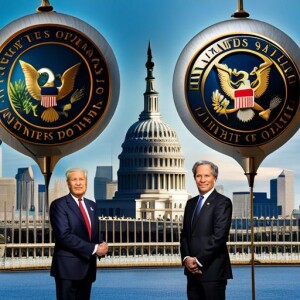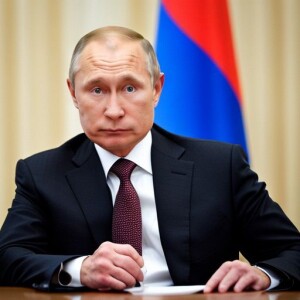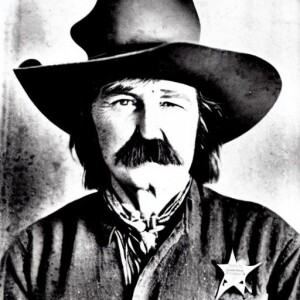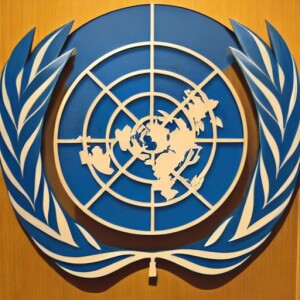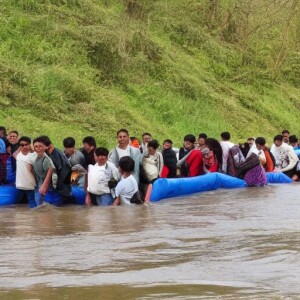For centuries, the world has been captivated by the enigmatic and spine-chilling tales of werewolves. These supernatural beings, also known as lycanthropes, have clawed their way into folklore and mythology, leaving a trail of fascination and terror in their wake. Picture this: humans morphing into wolves under the spell of a full moon, their existence intertwined with ancient civilizations such as Greece and Rome.
Legends of werewolves trace back to a time when shape-shifting creatures roamed the imaginations of people across the globe. Cultures far and wide believed that these cursed individuals faced a twisted fate, their punishment being the transformation into fearsome wolves. The metamorphosis itself is said to be a tormenting and uncontrollable process, unleashing an array of physical and psychological changes.
Once in their lupine form, werewolves are said to possess extraordinary strength, heightened senses, and an insatiable appetite for the flesh of unsuspecting humans. Throughout different regions, tales of these creatures have taken various forms, but one thing remains constant: the moon’s undeniable influence. It is believed that the celestial body triggers the metamorphosis, causing the afflicted to lose all control over their human side, succumbing entirely to their primal instincts.
In the annals of werewolf lore, silver has emerged as a powerful weapon against these formidable beasts. Legends whisper that this precious metal possesses the ability to harm or even bring about their demise. With such rich mythology surrounding them, werewolves have clawed their way into literature, films, and television shows, forever etching their place in popular culture.
While these creatures may dwell within the realms of fiction, their allure and the fear they inspire continue to captivate our imaginations. Whether viewed as nocturnal terrors or tragic figures trapped between two worlds, werewolves have become an enduring symbol of transformation, duality, and the eternal struggle between our human and animalistic selves.








